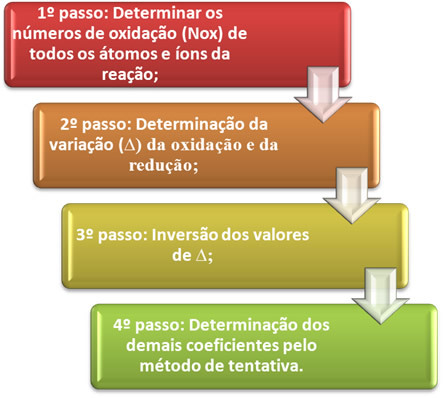Rice (Oryza sativa) is a plant of the grass family. For many years, the grains of these plants were the food base of many peoples around the world. Nowadays it is no different, the rice crop is the third largest in the world. Rice and beans, for example, is the basis of Brazilian diet.
The cereal is grown in environments with abundant water and requires temperatures between 24°C and 30°C to develop. The rice grain has a yellowish color and is surrounded by a husk. Inside this shell there is a hard seed, covered by a film called cuticle. Most of the rice that is consumed goes through a process in which the husk and, in most cases, the cuticle are removed.
Rice is, for man, one of the main sources of carbohydrates, organic substances that provide energy to the body, in addition to contributing to the restoration and development of tissues. Cereal is a good source of minerals such as phosphorus, iron, potassium and vitamins (thiamine, riboflavin and niacin). In addition, rice does not contain cholesterol, is easily digested and is indicated in the convalescence of almost all illnesses.
In cooking, rice is widely used in various dishes, such as soups, cakes, sweets, etc. In Japan, fermented rice grains are used to prepare an alcoholic beverage called sake. Another well-known form of consumption of cereal is the very Brazilian combination of rice and beans. Currently, the largest producer and consumer of rice in the world is China.


